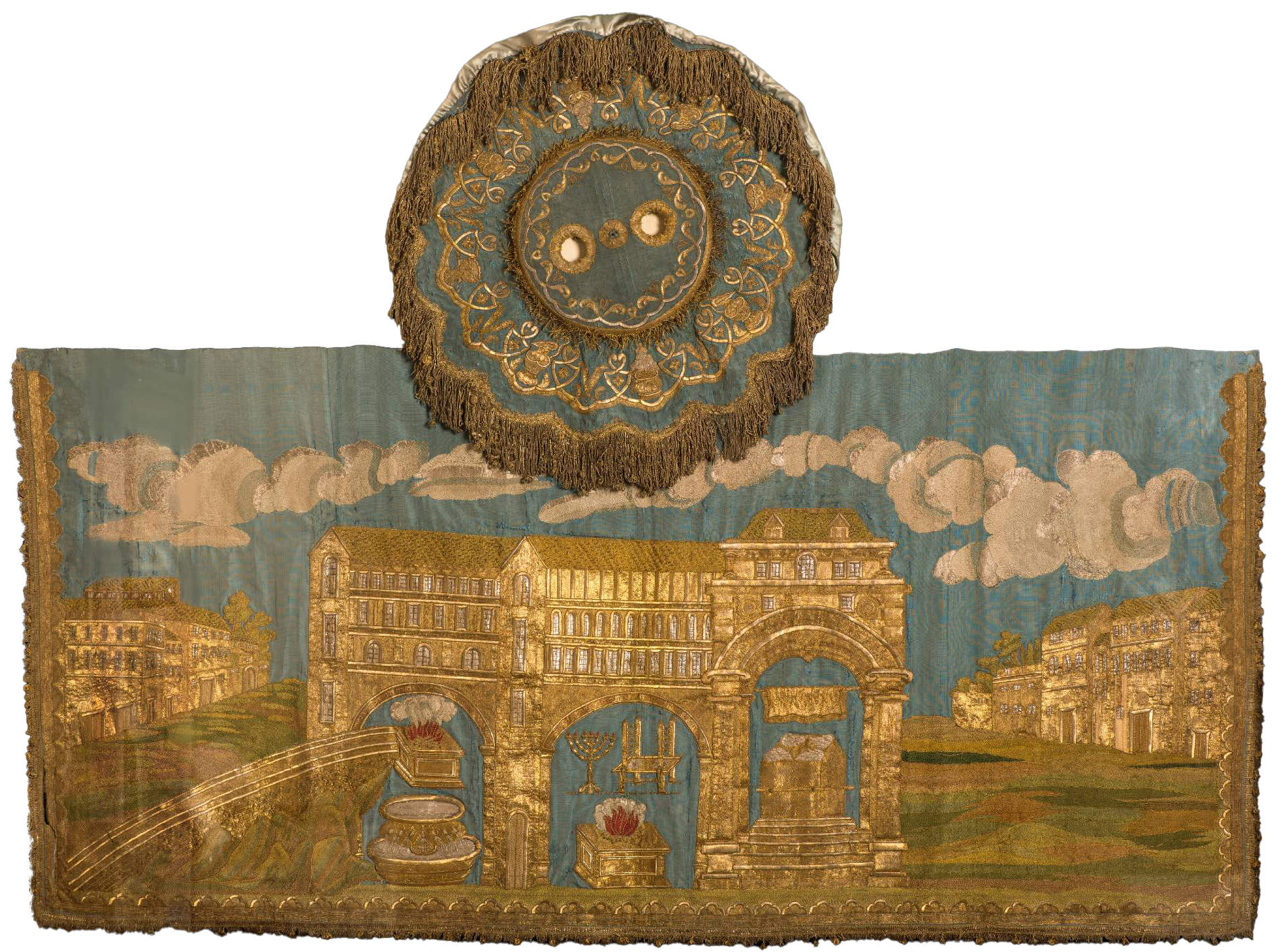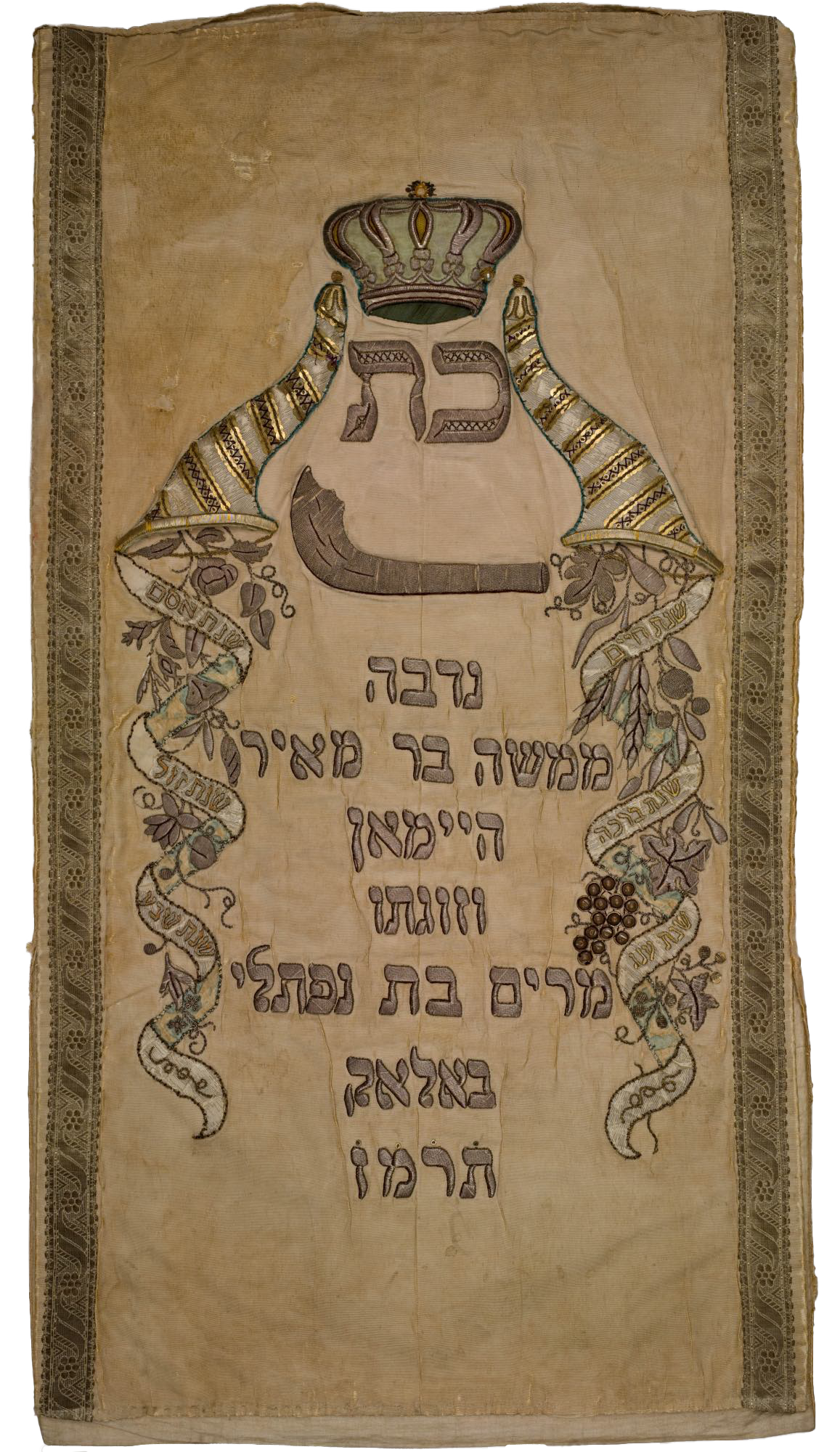
Omhulsel, dikwijls gemaakt van kostbare, bewerkte stof, ter bescherming van de torarol, wanneer deze niet gebruikt wordt.






In sommige gemeenschappen, zoals bij de Separdiem en de Romaniot, werd voor ceremoniëel textiel in het algemeen de term mappa gebruikt. Dit maakt het soms moeilijk te bepalen of hiermee de omslag, de wikkel of de mantel bedoeld wordt.
Creating mantles for Torah scrolls
Cohen, Julie-Marthe. “The Migration of Ceremonial Objects: The Case of the Amsterdam Portuguese Jewish Torah Mantle.” Studia Rosenthaliana, vol. 35, no. 2, Peeters Publishers, 2001, pp. 200–13.
Gomberg, Betsy, and Susan Schaalman Youdovin, editors. Judging the Book by Its Cover: Torah Coverings: The Philip & Sylvia Spertus Judaica Prize Competition. Chicago: Spertus Museum, 2000.
Kybalová, Ludmila, et al., editors. Textiles from Bohemian and Moravian Synagogues from the Collections of the Jewish Museum in Prague. Prague: Jewish Museum Prague /Prague Castle, 2003.
Makover-Assaf, Sharon, and Daisy Raccah-Dijvre. “The ‘Flowering Vase’ Torah Mantle from Morocco.” The Israel Museum Journal, vol. 11, 1993, pp. 73-80.
Swetschinski, Daniel M., et al. Orphan Objects: Facets of the Textiles Collection of the Joods Historisch Museum. Amsterdam: Joods Historisch Museum, 1997.
Yaniv, Bracha. “The Torah Mantle.” Ceremonial Synagogue Textiles: From Ashkenazi, Sephardi, and Italian Communities, Liverpool: Liverpool University Press, 2019, pp. 127-92.
Greenblatt, Rachel L. “Few Examples of Women’s Garments Turned into Sacred Objects have Survived Hundreds of Years.” Shared History Project, Leo Baeck Institute, 16 Mar. 2021.
Kies een taal